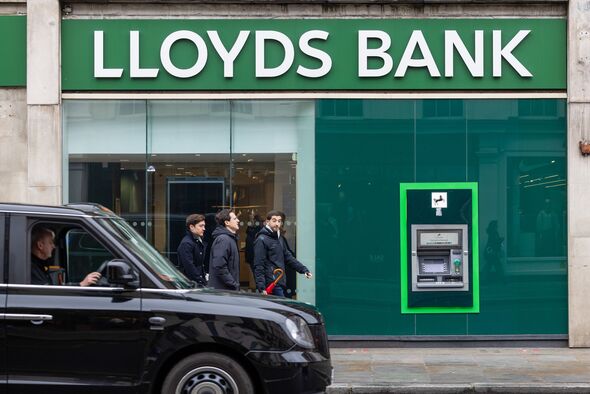
Britons are being urged to plan the use of their pensions more effectively before Rachel Reeves’s inheritance tax raid comes into force.
In her first Autumn Budget, the Chancellor announced that from April 2027, defined contribution (DC) pension pots will be included in inheritance tax (IHT) liabilities, with nil-rate bands frozen until 2030.
This change could affect thousands of estates, with the Office for Budget Responsibility estimating that an additional 10,500 estates will become liable for IHT.
A further 38,500 estates are expected to pay an average of £34,000 more due to the inclusion of pension assets.
Gary Smith, financial planning expert at Evelyn Partners, said: “More families will be drawn into the web of inheritance tax from 2027, and some of those will need to start planning now if they want to mitigate the effects.”
One major concern is the potential for pension pots to be “double-taxed.” If the holder dies at 75 or older, beneficiaries may face income tax on withdrawals, in addition to the pension assets being included in the estate for IHT.
Mr Smith explained: “The prospect of pension funds being taxed twice, if beneficiaries also have to pay income tax on withdrawals, is one that most savers will want to avoid. Also, if the addition of pension savings will push the total value of an estate over the £2million mark, then the residence nil rate band will start to disappear, and IHT bills will become even more onerous.”
To counter the IHT implications, Mr Smith suggested that some retirees may begin gifting money during their lifetime or accelerating pension withdrawals to reduce the value of their estate.
He said: “One possible reaction to suddenly finding that a whole chunk of money that was previously immune to IHT will now be added to the estate is to start giving it away during lifetime or spending it.”
However, he cautioned against rushed decisions and highlighted the importance of balancing tax savings with financial security.
Mr Smith added: “The important thing is not to take drastic decisions and not to be blinded by the tax question. Are you realising losses on investments at a dip in the market to make a big pension withdrawal? Are you leaving yourself sufficient funds in your pension for the rest of your retirement and possibly care costs?”
“Even within the tax question, could you be paying a higher rate of income tax by increasing withdrawals for gifting, which could wipe out any eventual IHT saving? This is obviously a danger if the pension withdrawals are subject to the higher 40% or 45% marginal rates of income tax.”
Mr Smith then outlined several ways to gift from pension funds in a tax-efficient manner. For example, savers could withdraw the 25% Tax-Free Lump Sum, if available, and gift it.
While the gift would fall under the seven-year rule, it could still benefit from taper relief if the giver doesn’t survive the full seven years.
Additionally, people could benefit from the Normal Expenditure from Income Rule. He explained that regular withdrawals from the pension pot could be used for gifting. These gifts would be IHT-free if they meet the criteria, and withdrawals can be managed to avoid excessive income tax.
Finally, Mr Smith suggested people could use excess pension income to fund a loved one’s pension, offering tax relief.
For instance, contributions of up to £2,880 annually (topped up to £3,600 with Government relief) could be made for a partner, child, or grandchild.
Mr Smith noted: “The extra funding will result in an extra gain in tax relief, and that is likely to be more beneficial to them than leaving assets at death that could be taxed not just once but twice.
With two and a half years until the rule change takes effect, Mr Smith emphasised the importance of forward planning. He said: “The IHT rule change will transform the way some savers think about their pensions and funding retirement.”



















